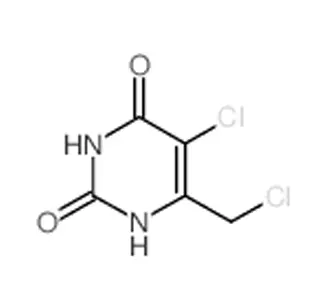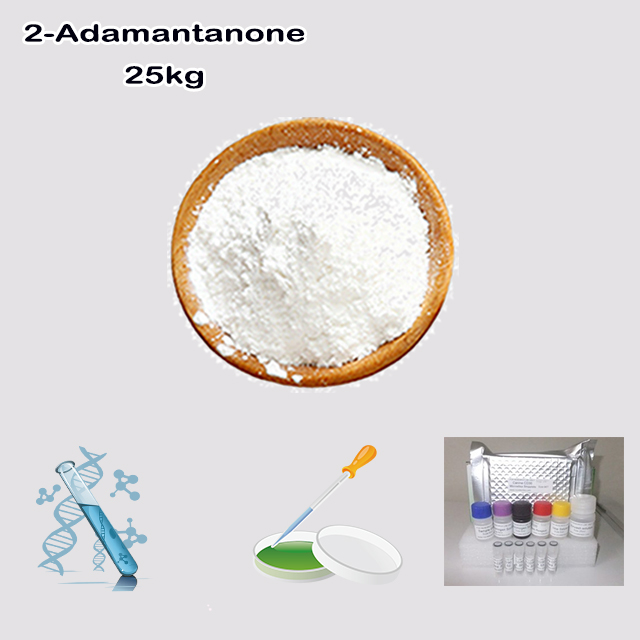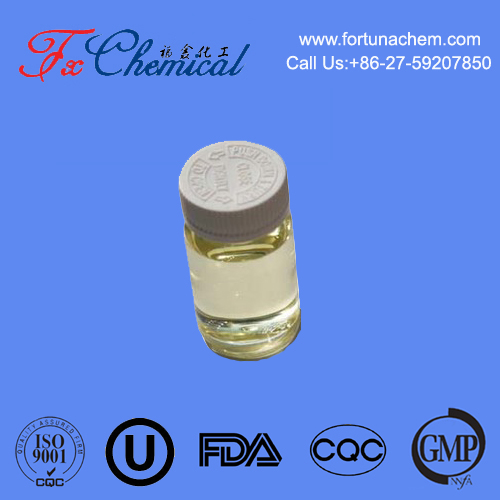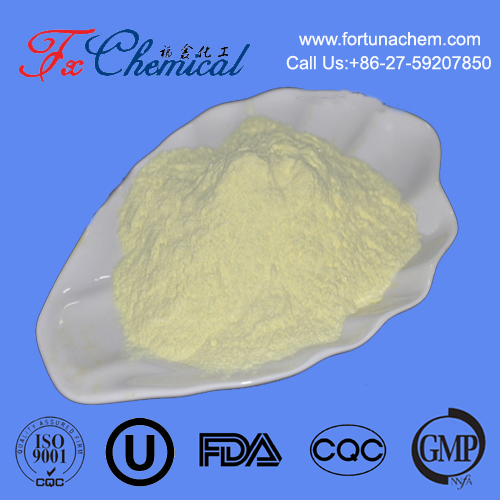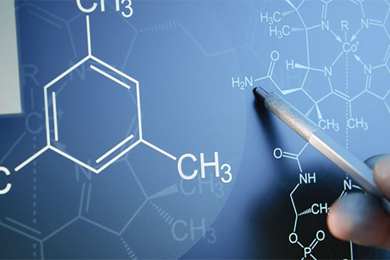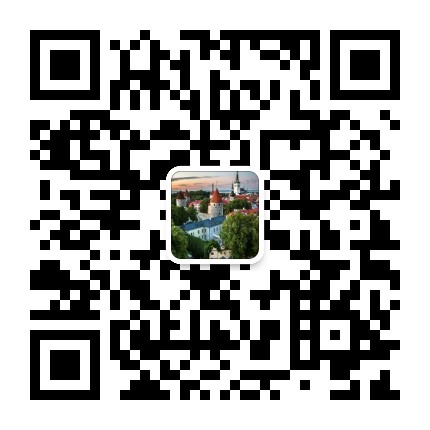
Search

Search

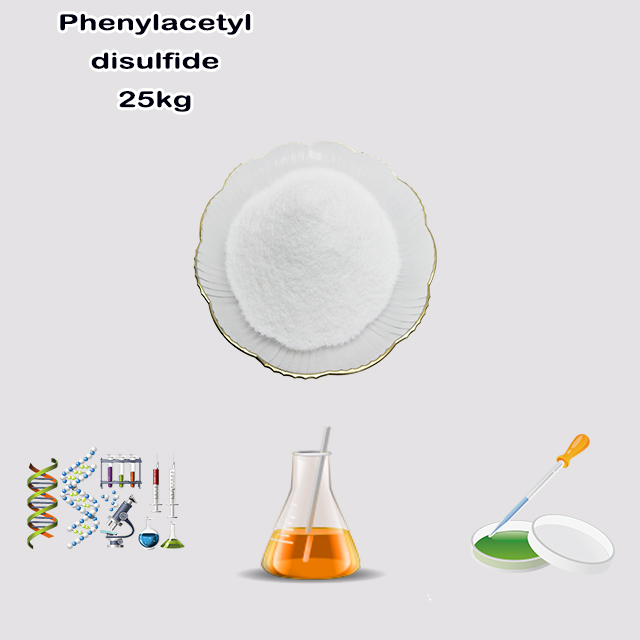
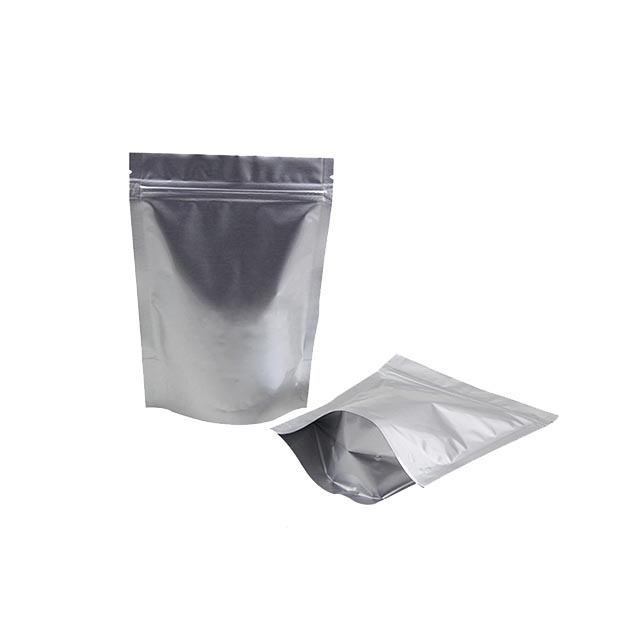
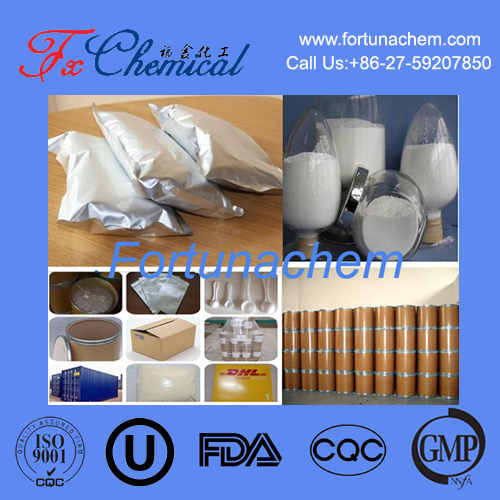
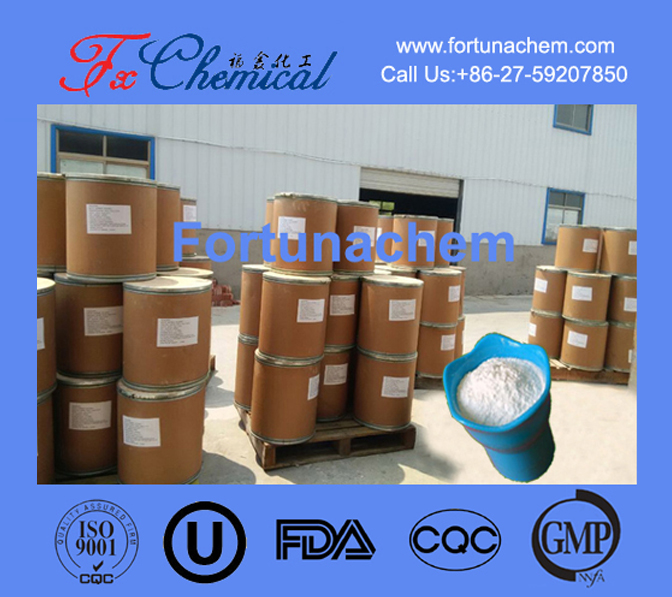
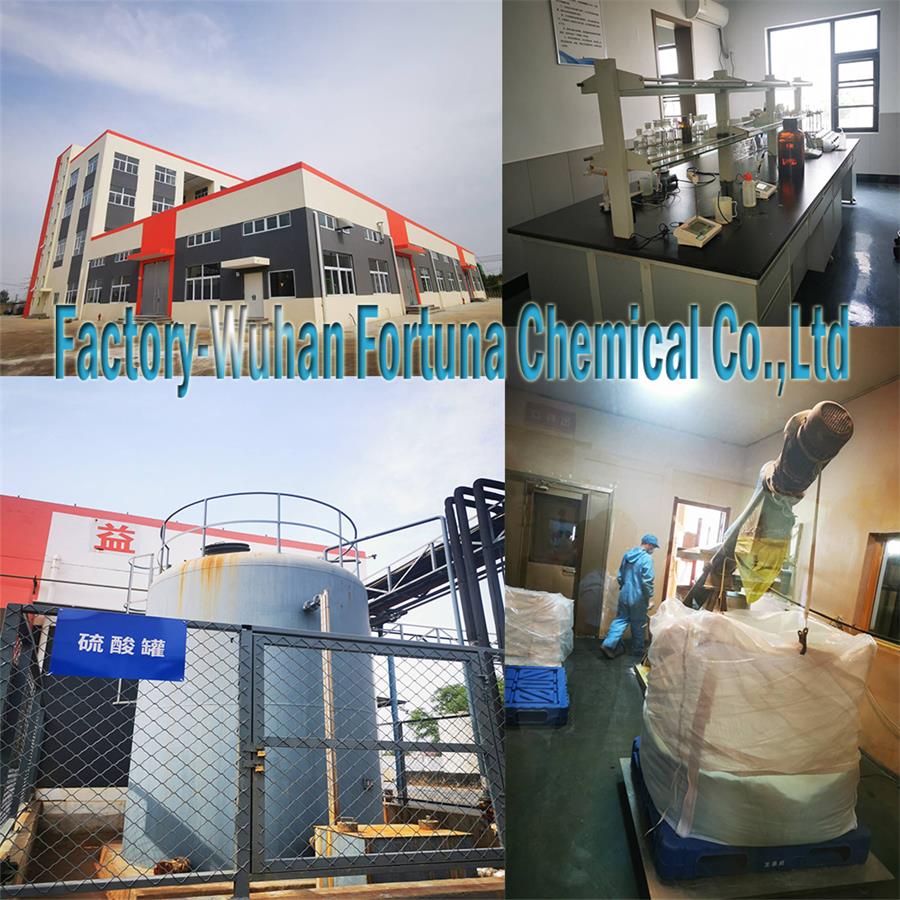





Phenylacetyl disulfide is an organic disulfide compound with the likely formula C₆H₅C(O)CH₂SSCH₂C(O)C₆H₅. Its structure features two phenylacetyl groups (C₆H₅C(O)CH₂–) connected by a disulfide bond (–S–S–).
This specific structure is its defining feature. The disulfide bond (S–S) is reactive and can be reduced to thiols or participate in exchange reactions, a process critical in biochemistry and organic synthesis.
Its primary application is as a specific substrate for enzymatic assays. It is used to measure the activity of enzymes like acyl-CoA:6-aminopenicillanic acid acyltransferase, which is involved in the biosynthetic pathway of penicillins. The enzyme catalyzes the transfer of the phenylacetyl group from this disulfide to a core penicillin molecule.
In summary, Phenylacetyl disulfide is a specialized biochemical tool whose reactivity makes it useful for studying and monitoring specific enzymatic processes, particularly in antibiotic biosynthesis research.
Phenylacetyl disulfide is an organic disulfide compound. Its structure consists of two phenylacetyl moieties linked by a disulfide bond (–S–S–). The phenylacetyl group is a common biochemical unit with the formula C₆H₅C(O)CH₂–. Therefore, the full chemical formula for Phenylacetyl disulfide is often represented as C₆H₅C(O)CH₂SSCH₂C(O)C₆H₅.
This structure is its defining characteristic. The disulfide bond is a dynamic and reactive functional group, central to its biological and chemical applications. The molecule can be viewed as the disulfide dimer of phenylacetyl thiol (C₆H₅C(O)CH₂SH), though it is synthesized and handled in its more stable disulfide form.
Reactivity: The disulfide bond is the primary site of reactivity. It can be readily reduced (cleaved) to form two thiol (–SH) molecules. Conversely, it can be formed by the oxidation of thiols. This bond can also participate in disulfide exchange reactions, where it swaps partners with other thiols or disulfides in a dynamic equilibrium. This is a fundamental reaction in biochemistry.
Role of the Phenylacetyl Group: This group is not just an inert appendage. It is a specific mimic of a naturally occurring biochemical unit. In living systems, activated phenylacetic acid is often carried by a molecule called coenzyme A (CoA), forming phenylacetyl-CoA. Phenylacetyl disulfide acts as a simpler, synthetic analog of this important coenzyme.
The most significant and well-documented use of phenylacetyl disulfide is as a specific chromogenic substrate in enzymatic assays, particularly for the enzyme acyl-CoA:6-aminopenicillanic acid acyltransferase.
Context: Penicillin Biosynthesis
This enzyme is crucial in the industrial and biological production of penicillins. Its job is to transfer the phenylacetyl group from its carrier, phenylacetyl-CoA, to the core penicillin nucleus, 6-aminopenicillanic acid (6-APA), to form penicillin G.
The Assay Mechanism:
Phenylacetyl disulfide serves as a cheap and effective substitute for the expensive and unstable natural coenzyme, phenylacetyl-CoA. Here’s how the assay works:
The Reaction: The enzyme, acyltransferase, catalyzes the transfer of the phenylacetyl group from the disulfide to the amine group of 6-APA.
The Byproduct: The transfer leaves behind a free thiolate anion (⁻SCH₂C(O)C₆H₅).
The Detection: This free thiolate byproduct is highly reactive. When a chemical like 5,5'-dithio-bis-(2-nitrobenzoic acid) (DTNB, known as Ellman's reagent) is added to the assay mixture, the thiolate immediately reacts with it.
The Readout: The reaction with DTNB produces a bright yellow-colored anion (2-nitro-5-thiobenzoate, TNB⁻). The intensity of this yellow color, measurable by a spectrophotometer, is directly proportional to the amount of thiolate released, which in turn is directly proportional to the activity of the enzyme.
In summary, by using phenylacetyl disulfide, scientists can easily, quickly, and inexpensively measure the activity of a key enzyme in antibiotic production by tracking the formation of a yellow color.
Model Compound: It is used in research to study the kinetics and mechanisms of disulfide exchange reactions and thiol-disulfide chemistry, which are vital in fields ranging from protein folding to polymer science.
Biochemical Probe: Its ability to participate in thiol-disulfide interchange makes it a potential probe for studying the redox state of biological systems or for modifying proteins at cysteine residues.
Synthetic Intermediate: It could serve as a starting material or intermediate in organic synthesis for introducing the phenylacetyl group or the disulfide linkage into more complex molecules.
Thiol Precursor: As a compound that can be reduced to a thiol, it likely shares some handling concerns with thiols and disulfides, which often have unpleasant, pungent odors.
General Precaution: It should be treated as a potential irritant to the skin, eyes, and respiratory system.
Standard Practice: As with all laboratory chemicals, it should be handled in a well-ventilated area (preferably a fume hood) using appropriate personal protective equipment (PPE) including gloves and safety glasses.
In essence, Phenylacetyl disulfide is a specialized synthetic biochemical tool. Its primary importance lies in its role as a chromogenic substrate for assaying the activity of the enzyme acyltransferase in the penicillin biosynthetic pathway. It cleverly exploits the reactivity of its disulfide bond to generate a measurable signal, providing a simple and effective method to monitor a critical industrial and biological process.
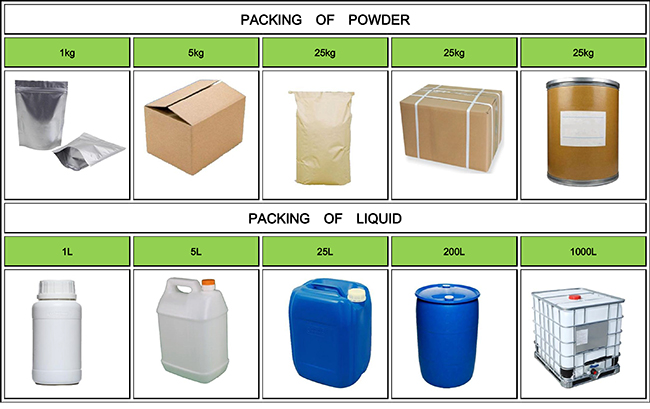
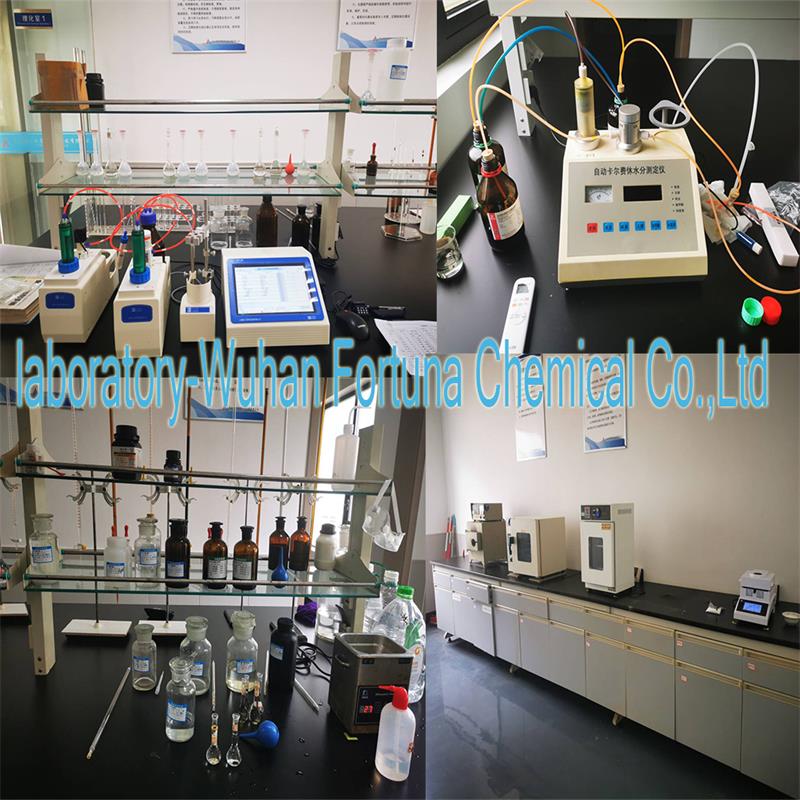
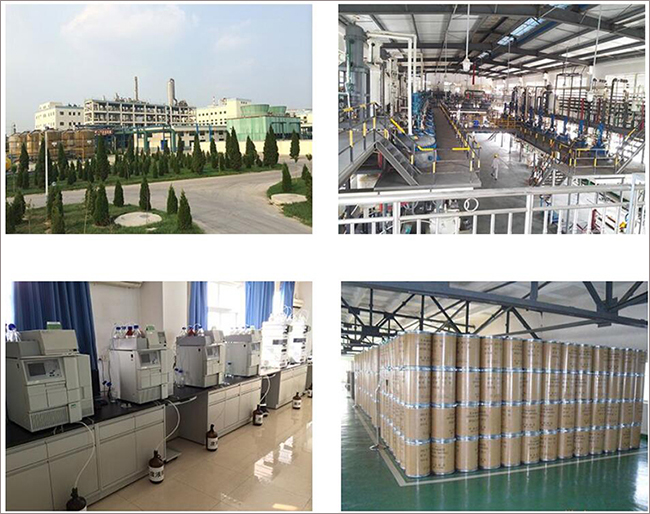

Fortunachem Provides Not Only Professional Chemical Products But Also Professional Help
Keeping you up-to-date with all the latest information, news, and events about Fortunachem!

Quick Links
Add:
E-mail:
 English
English  Español
Español  français
français  العربية
العربية 